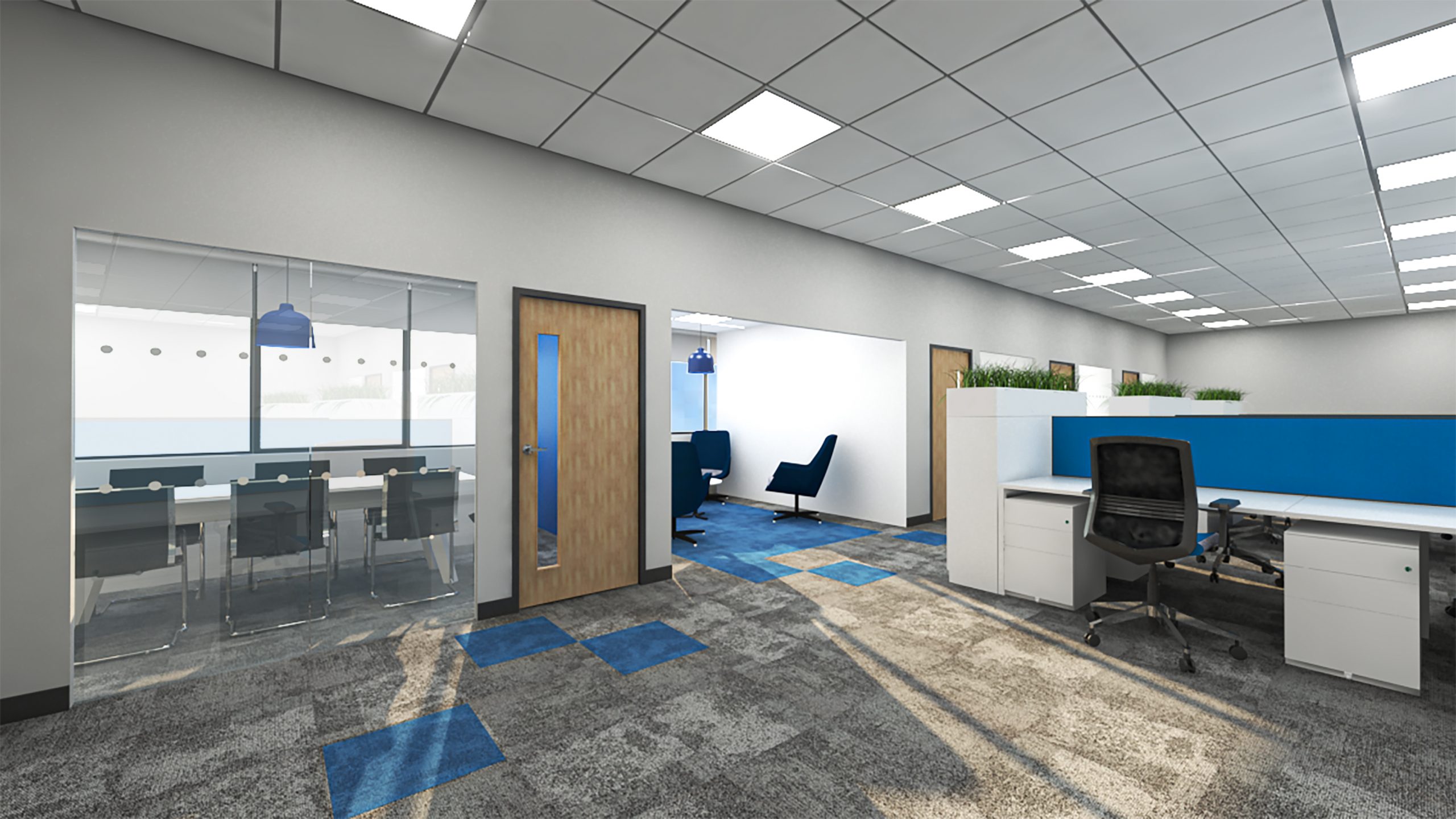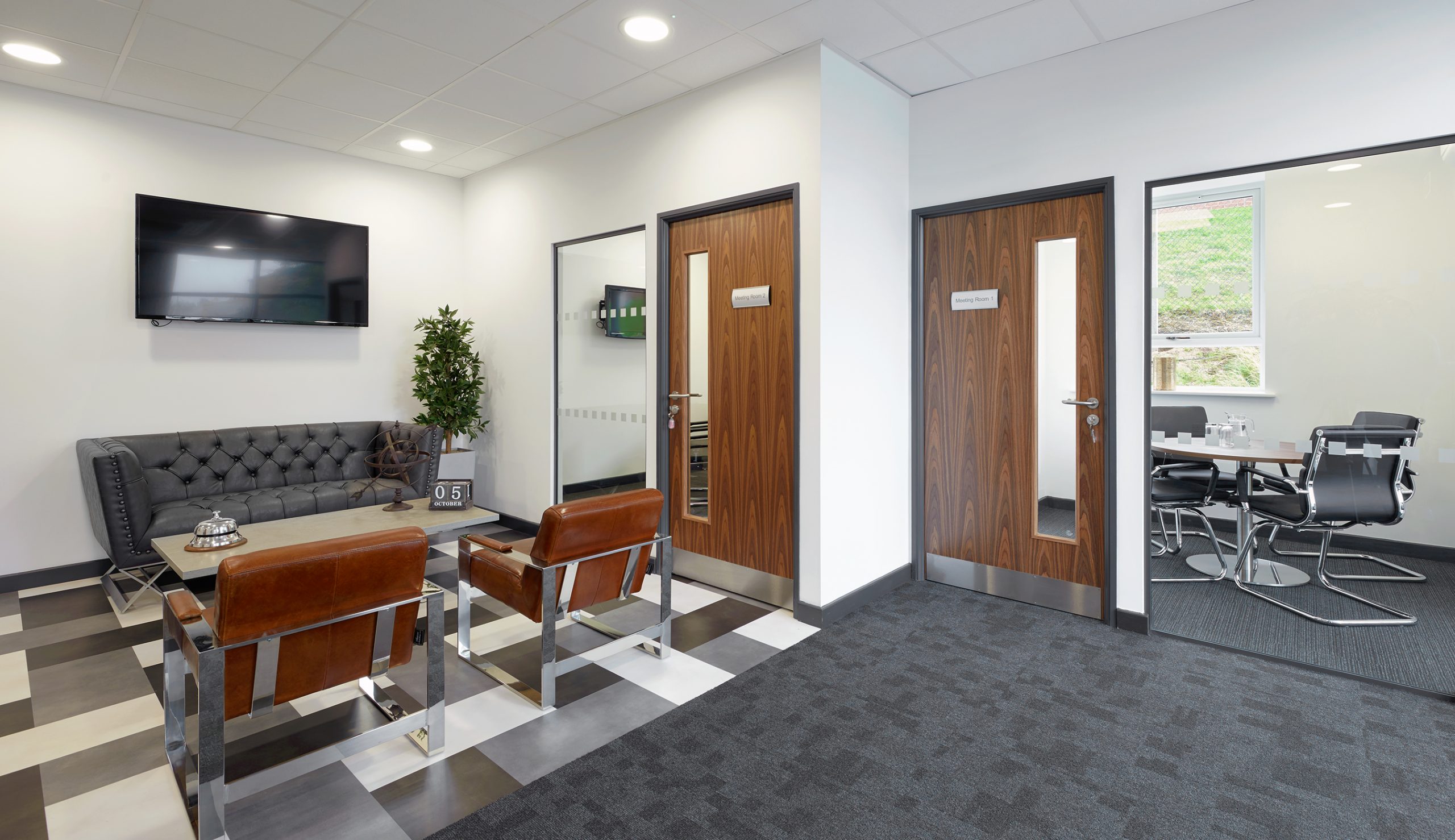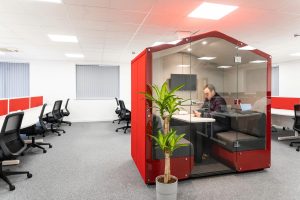Optimising Office Acoustics: How to Create a Sound-Friendly Workspace
Whilst sleek furniture and sophisticated layouts often steal the spotlight in office design, it’s the often-overlooked element of acoustics that can make or break focus, collaboration, and overall employee well-being.
Your productive and comfortable office environment requires good acoustics to deaden excessive noise, which leads to distraction, stress and reduced productivity for employees – ultimately impacting your bottom line.
Fortunately, you can implement many effective strategies to optimise your workspace’s acoustic properties.
The first step
Assess the current noise levels, reverberation times, and speech privacy in different areas of your office. Are there any problem spots?
For instance, many offices struggle with electronic noises from printers and copiers and office chatter impacting meeting rooms.
Strategic layout and design
Consider the layout and design of your office space as a foundation for good acoustics.
Open-plan offices present particular challenges – create designated quiet zones and collaborative areas if you have an open-plan office.
Proper zoning helps contain noise and gives your employees options for the level of acoustic privacy they need for different tasks.
Ceiling treatments for maximum impact
Installing sound-absorbing ceiling tiles or suspended acoustic panels can dramatically reduce reverberation and overall noise levels throughout your office.
For maximum effectiveness, look for noise-deadening products with high noise reduction coefficients (NRC) ratings – foam tiles are usually the best.
Wall treatments and sound absorption
Sound-absorbing wall panels dampen noise and serve as attractive design elements for your office (if they have a nice pattern).
You could cover your entire walls with sound-cancelling panels to help minimise sound reflections and echoes. Some acoustic wall panels will also help reduce outside noise and vibration effects on your office.
Flooring choices and acoustic comfort
Carpet and other soft flooring materials absorb sound and reduce impact noise from footsteps and moving furniture. Consider using area rugs to improve acoustic comfort in areas where hard flooring is necessary.
Floating floors such as ‘click’ LVT are notoriously echoey – it’s better to have a solid floor in an office, such as polished concrete or glue-down LVT.
Flexible partitions and barriers
Creating acoustic separation between workstations will work wonders for your office acoustics and give your workers a pleasant workspace.
Acoustic screens and barriers with sound-absorbing materials offer the best results, but even a simple polycarbonate divider can make a big difference.
Movable partitions are worthwhile because they allow you to easily reconfigure spaces as needed while maintaining good acoustics.
Managing equipment noise
Office equipment like printers, copiers, fax machines, and HVAC systems can also produce noise distracting workers.
You could enclose noisy equipment in sound-dampening cabinets, encourage employees to use headphones for audio, and purchase quieter equipment to reduce sound at the source.
Sound masking systems
These systems emit a low-level background sound (white noise) that helps mask conversations and other noises.
Properly calibrated sound masking can greatly enhance the acoustic comfort of open office environments and improve productivity.
Ongoing maintenance and monitoring
Good acoustics require more than a one-off solution.
Reassessing noise levels and gathering feedback from employees on your acoustic environment will help you make improvements to create an office that’s fantastic for productivity and comfort.




